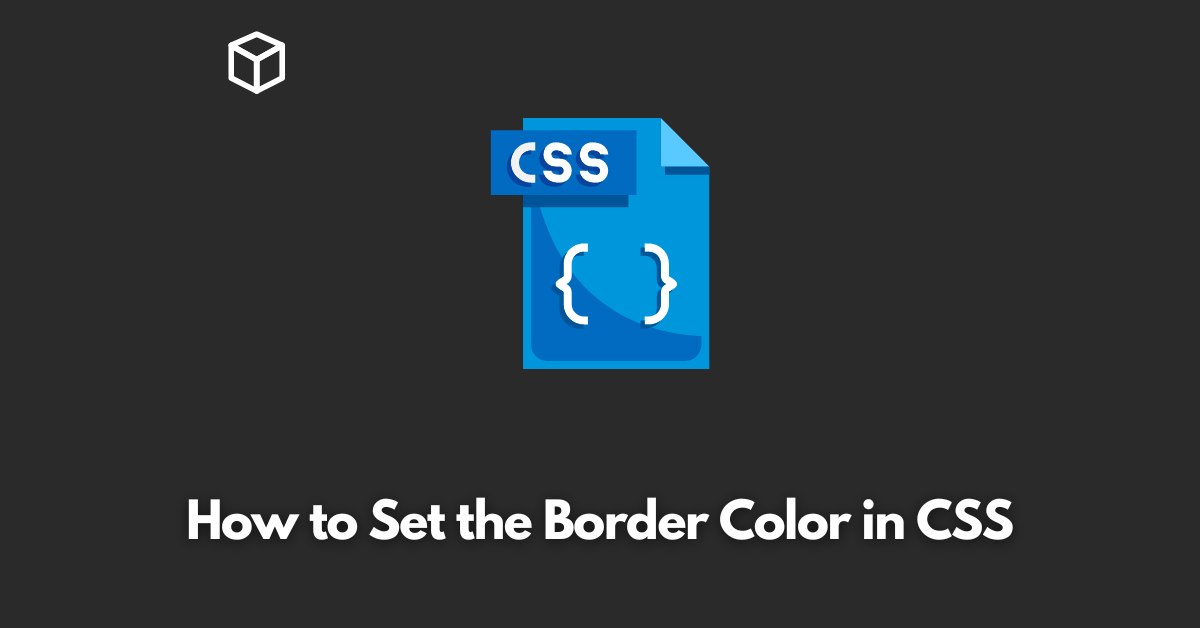CSS, or Cascading Style Sheets, is a powerful tool for web developers and designers.
It allows them to control the layout, design, and overall look of their websites.
One of the many features that CSS offers is the ability to set the border color of an element.
In this CSS tutorial, we will take an in-depth look at how to set the border color in CSS and provide examples to help you get started.
Using the “border-color” Property:
The most straightforward way to set the border color in CSS is by using the “border-color” property.
This property allows you to set the color of all four borders of an element at once.
The syntax for this property is as follows:
border-color: color;
Where “color” can be any valid CSS color value, such as a hex code, RGB value, or color name.
For example, the following CSS code sets the border color of a div element to red:
div {
border-color: red;
}You can also set the border color for each border individually using the “border-top-color”, “border-right-color”, “border-bottom-color”, and “border-left-color” properties.
For example, the following CSS code sets the top and bottom borders of a div element to red, while leaving the right and left borders transparent:
div {
border-top-color: red;
border-bottom-color: red;
}Using the “border” Property:
Another way to set the border color in CSS is by using the “border” property.
This property allows you to set the color, width, and style of all four borders of an element at once.
The syntax for this property is as follows:
border: width style color;
Where “width” is the width of the border in pixels, “style” is the style of the border (such as solid, dotted, or dashed), and “color” is the color of the border.
For example, the following CSS code sets the border of a div element to a 3-pixel solid red line:
div {
border: 3px solid red;
}In this way, you can set all the border properties at once.
Conclusion
In this post, we’ve covered the basics of how to set the border color in CSS.
We’ve discussed the “border-color” and “border” properties, which are the two most common ways to set the border color in CSS.
By using these properties, you can create beautiful, polished websites that stand out from the crowd.
Remember to use the appropriate properties according to your needs and use the examples provided to help you get started.




